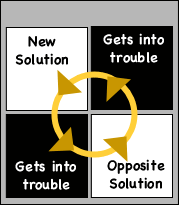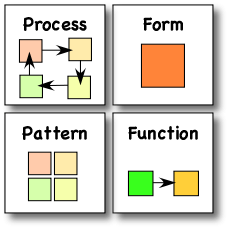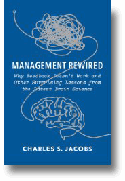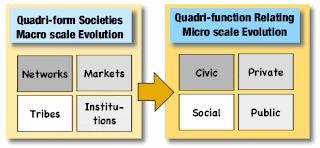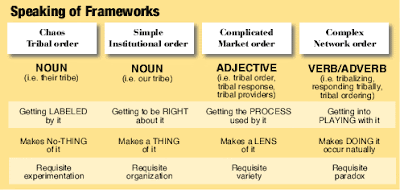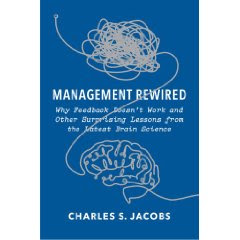 Tribal Leadership points out a telltale sign of the "we're great" approach: meeting in triads. The leader gets two others together to familiarize each other with their value. The attention is on the others, much like the practice of servant leadership. The leader already honors both with recognition of what they bring to the table. There is a metaphorical table to bring value to and meet others at. Those at the table feel honored to be recognized for their value. They get a clear concept of their personal value proposition from how they get recognized, how they compare with others and how they appreciate the value they see in others. Everyone at the table is capable of telling another how she or he is valuable. The mutual honoring of each other fires up the contributions, collaborations and cooperation among the tribal members.
Tribal Leadership points out a telltale sign of the "we're great" approach: meeting in triads. The leader gets two others together to familiarize each other with their value. The attention is on the others, much like the practice of servant leadership. The leader already honors both with recognition of what they bring to the table. There is a metaphorical table to bring value to and meet others at. Those at the table feel honored to be recognized for their value. They get a clear concept of their personal value proposition from how they get recognized, how they compare with others and how they appreciate the value they see in others. Everyone at the table is capable of telling another how she or he is valuable. The mutual honoring of each other fires up the contributions, collaborations and cooperation among the tribal members.When a leader is acting as if "I'm great", there is no recognition of how others bring value to the table. There is no table to be seated at, eye to eye, with the leader and tribe members. The conversations are dyadic: pulled aside, one on one. They bring authority to situations that the leader presumes is lacking in contributions, collaborations and cooperation. The leader makes no connection between what's missing and his/her "I'm great" approach.
 Cyberchiefs seems to deal with situations that have gotten too big to feel like a tribe. Mathieu O"Neil uses the term "tribe" to signify the absence of an authoritarian, governing state. Questions of authority arise in this "stateless" cyberspace as the interactions take on the characteristics of legacy constrained institutions or competitively entrepreneurial markets. There are those who adopt an anti-authoritarian stance, like an actively disengaged tribe among themselves. O'Neil observes three resolutions to the authority question that leaders of online tribes fall into:
Cyberchiefs seems to deal with situations that have gotten too big to feel like a tribe. Mathieu O"Neil uses the term "tribe" to signify the absence of an authoritarian, governing state. Questions of authority arise in this "stateless" cyberspace as the interactions take on the characteristics of legacy constrained institutions or competitively entrepreneurial markets. There are those who adopt an anti-authoritarian stance, like an actively disengaged tribe among themselves. O'Neil observes three resolutions to the authority question that leaders of online tribes fall into:- Charismatic authority from awe inspiring abilities to handle the challenges, solve the problems, and/or diagnose the malfunctions
- Index authority from being the best connected, highest ranked by peers, or most trusted like Malcolm Gladwell's characterization of Paul Revere in The Tipping Point.
- Sovereign authority from being in control of access, edits, filtering, or other "final say" over process and outcomes.
Each of these approaches legitimize why a leader is great and deserves to have his/her authority respected. None of these approaches engender the honoring of followers or the sense of "we're great". They seem ripe to undermine the desirable contributions, collaborations and cooperation among members. They seem like the kinds of leadership styles that would deal with followers one-on-one, rather than triads of introducing two to each other on the basis of their perceived value by the leader. I suspect at charismatic, index and sovereign authority would experience a brief honeymoon of a tribal feeling, but the thrill would be gone once the "I'm great" dynamics became apparent to everyone.

